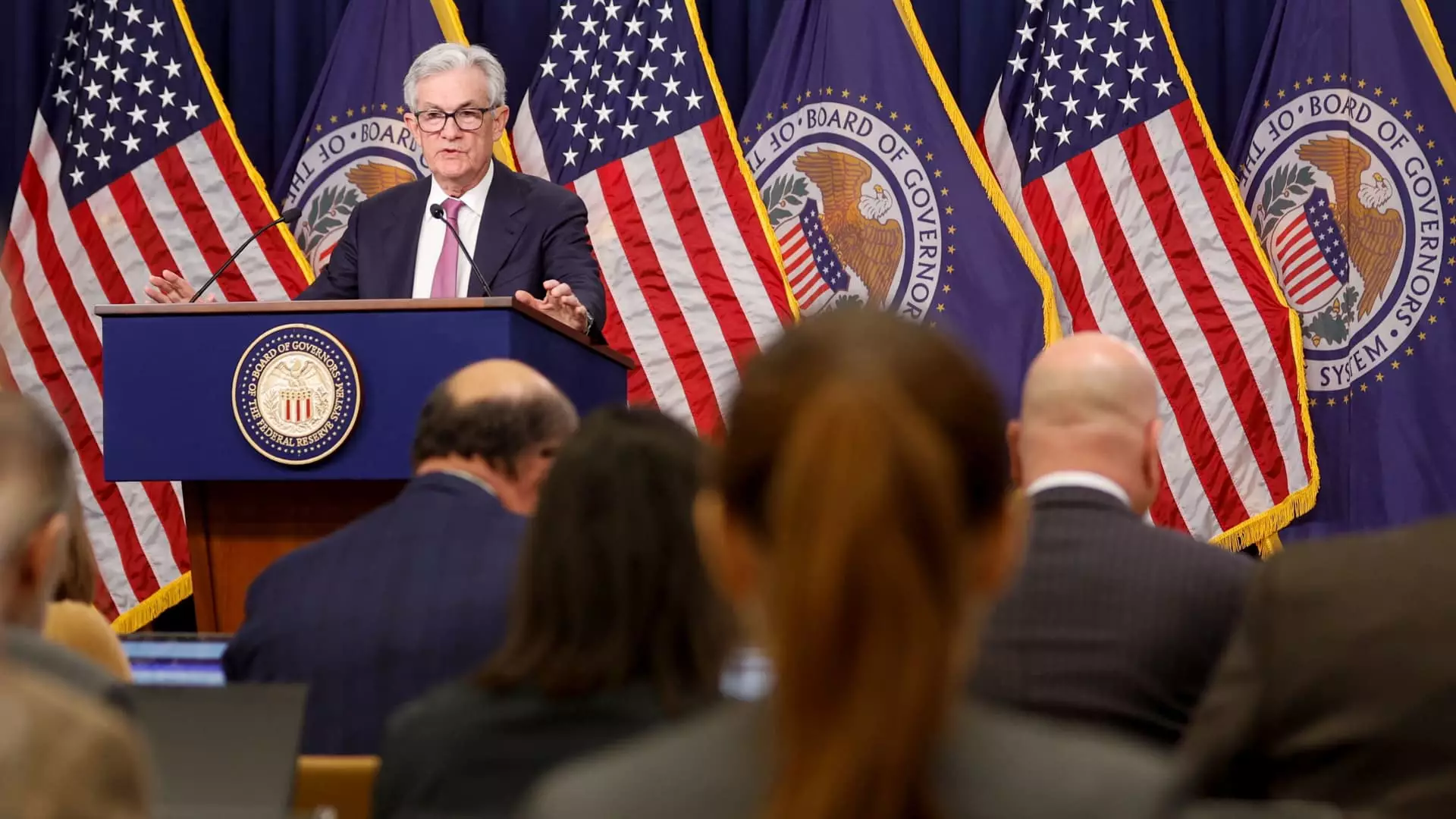In 2024, the Federal Reserve embarked on a pivotal path by reducing its interest rate targets three times, stirring anticipation among prospective homebuyers. Many Americans, hoping that these cuts would translate into lower mortgage rates, are now navigating a landscape of uncertainty. Jordan Jackson, a global market strategist at J.P. Morgan Asset Management, encapsulated this sentiment when he suggested that the most optimistic outlook indicates that mortgage rates will stabilize around 6.5% to 7%. This projection casts a shadow over homeowners yearning for relief from high borrowing costs, as the promised reprieve appears distant and perhaps unattainable.
While the Federal Reserve’s maneuvers certainly influence mortgage rates, the reality is far more complex. The pulse of long-term borrowing rates, particularly those tied to government debt such as the 10-year Treasury note, plays a critical role in shaping mortgage interest rates. Recently, this yield has experienced an upward trajectory as investors speculate on potential expansive fiscal policies from Washington in 2025. This shift not only stretches borrowing costs but also mirrors the mortgage market’s response to financial conditions, thereby complicating what might have seemed like a straightforward relationship.
An essential piece of this puzzle is the Fed’s management of its mortgage-backed securities portfolio, a strategy that gained traction during the pandemic. The central bank engaged in what is termed “quantitative easing,” purchasing vast amounts of these securities to invigorate the bond market by manipulating supply and demand. This approach helped drive mortgage rates to historic lows in 2021, providing an unprecedented opportunity for potential homebuyers and those looking to refinance. However, hindsight allows experts like Matthew Graham, COO of Mortgage News Daily, to question the efficacy of the Fed’s aggressive strategies during that period, characterizing it as possibly misguided.
Fast forward to 2022, and the narrative shifted dramatically as the Federal Reserve initiated a transition to what is known as “quantitative tightening.” This strategy involves allowing previously acquired assets to mature without reinvestment, inevitably tightening the monetary supply. As a result, the spread between mortgage rates and Treasury yields has widened, exerting upward pressure on mortgage rates. George Calhoun, director at the Hanlon Financial Systems Center, pinpointed this dynamic as a significant factor in the persistent upward trend of mortgage rates, emphasizing the disconnect between Fed intentions and market realities.
As potential homebuyers brace themselves for a landscape of fluctuating interest rates, the interaction between government fiscal activities, market trends, and Federal Reserve policies will be crucial in determining future mortgage rate trajectories. The confluence of these elements paints a picture of a challenging and nuanced environment where maintaining access to affordable home financing may require patience and strategic planning. For current and prospective homeowners, staying informed and agile in financial decisions could be the key to navigating this intricate landscape successfully.


Leave a Reply